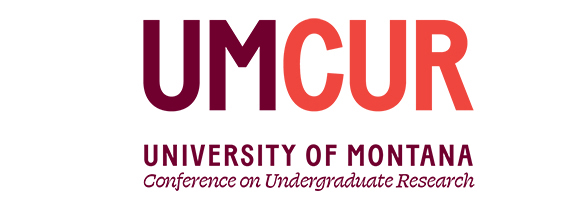Oral Presentations
Project Type
Presentation
Faculty Mentor’s Full Name
Anna Sala
Faculty Mentor’s Department
Division of Biological Sciences
Abstract / Artist's Statement
Despite being one of the most culturally significant and historically abundant native plants of the Pacific Northwest, common camas (Camassia quamash (Pursh) Greene) has undergone a precipitous decline across its range. This decline, driven primarily by agricultural land-use conversion and wetland drainage, has disproportionately impacted Indigenous peoples for whom camas is a cultural keystone species. For thousands of years prior to colonization, tribes across the Pacific Northwest relied on camas bulbs as a first food and managed camas prairies using Traditional Resource Management (TRM) practices. Camas restoration has emerged as a widespread management priority in recent years, particularly among Indigenous groups, and many of the recent studies on the subject have addressed the species’ cultural significance or drawn upon Traditional Ecological Knowledge (TEK). TEK, which refers to the intimate knowledge of local ecosystems held by Indigenous peoples, has been widely embraced in the field of restoration ecology as a complementary epistemology to western science, though serious concerns have emerged regarding the ethical dimensions of its use in academia. In response to these concerns, a growing number of studies in the field of restoration ecology have begun to utilize Two-Eyed Seeing and other research approaches to respectfully and meaningfully integrate the perspectives, priorities, and values of the Indigenous communities impacted by both ecological degradation and restoration. I review the current state of camas restoration ecology, outline a number of Indigenized research approaches both within the camas literature and beyond, and highlight how these approaches stand to improve the social and ecological outcomes of camas restoration. I then outline several open questions in camas restoration ecology that could be addressed using these approaches, primarily concerning the mechanisms by which traditional management practices increase camas abundance.
Category
Life Sciences
Deeply Rooted: The Role of Indigenized Research Approaches in Camas Restoration Ecology
UC 330
Despite being one of the most culturally significant and historically abundant native plants of the Pacific Northwest, common camas (Camassia quamash (Pursh) Greene) has undergone a precipitous decline across its range. This decline, driven primarily by agricultural land-use conversion and wetland drainage, has disproportionately impacted Indigenous peoples for whom camas is a cultural keystone species. For thousands of years prior to colonization, tribes across the Pacific Northwest relied on camas bulbs as a first food and managed camas prairies using Traditional Resource Management (TRM) practices. Camas restoration has emerged as a widespread management priority in recent years, particularly among Indigenous groups, and many of the recent studies on the subject have addressed the species’ cultural significance or drawn upon Traditional Ecological Knowledge (TEK). TEK, which refers to the intimate knowledge of local ecosystems held by Indigenous peoples, has been widely embraced in the field of restoration ecology as a complementary epistemology to western science, though serious concerns have emerged regarding the ethical dimensions of its use in academia. In response to these concerns, a growing number of studies in the field of restoration ecology have begun to utilize Two-Eyed Seeing and other research approaches to respectfully and meaningfully integrate the perspectives, priorities, and values of the Indigenous communities impacted by both ecological degradation and restoration. I review the current state of camas restoration ecology, outline a number of Indigenized research approaches both within the camas literature and beyond, and highlight how these approaches stand to improve the social and ecological outcomes of camas restoration. I then outline several open questions in camas restoration ecology that could be addressed using these approaches, primarily concerning the mechanisms by which traditional management practices increase camas abundance.
